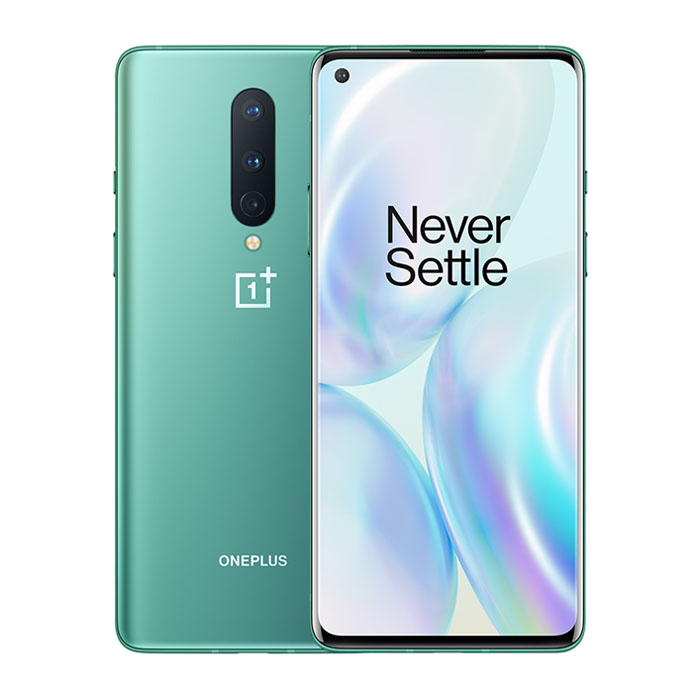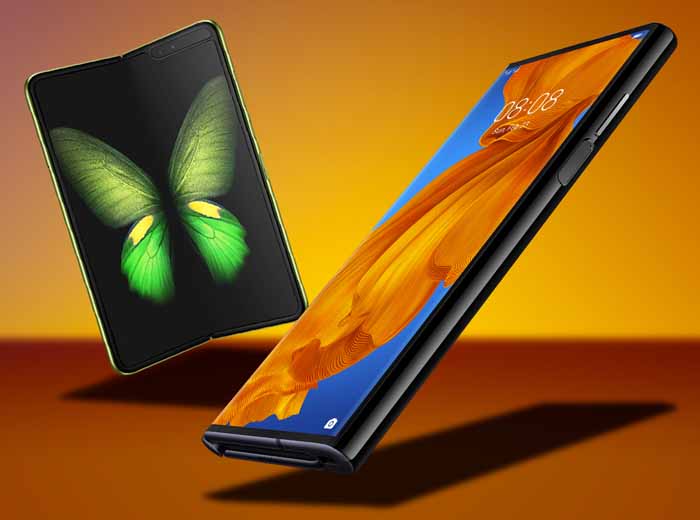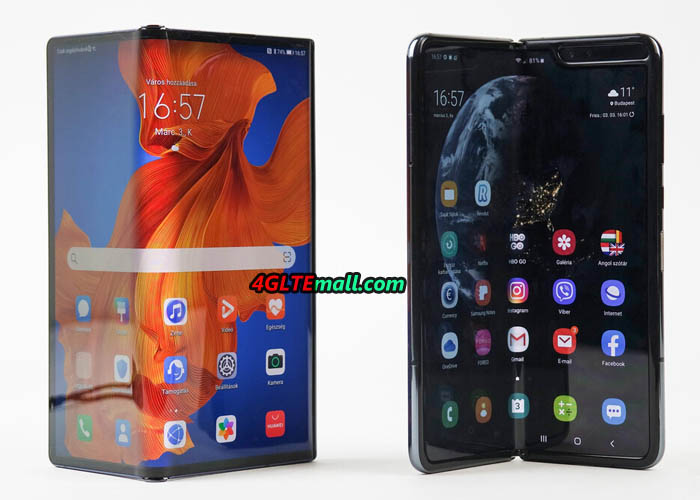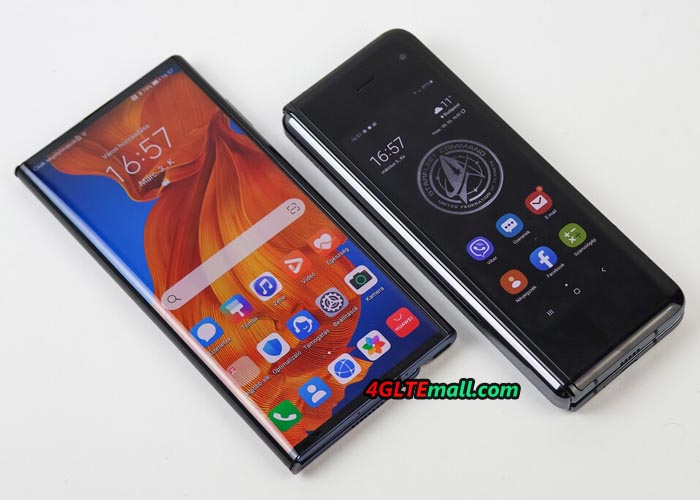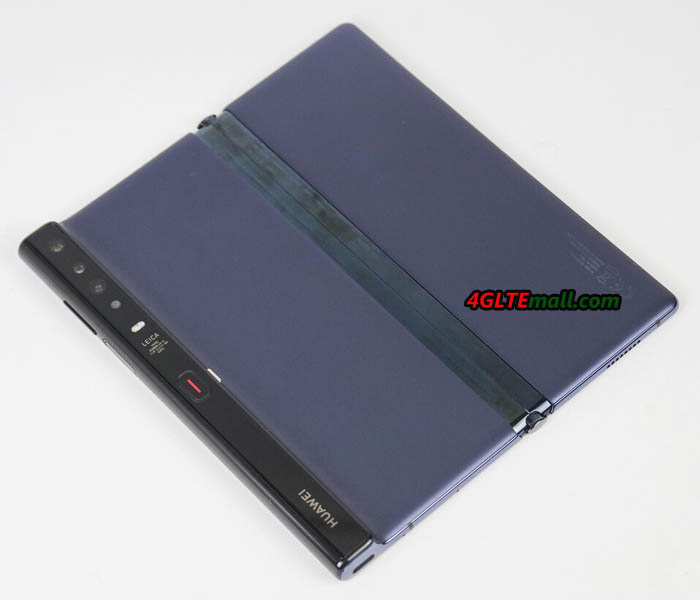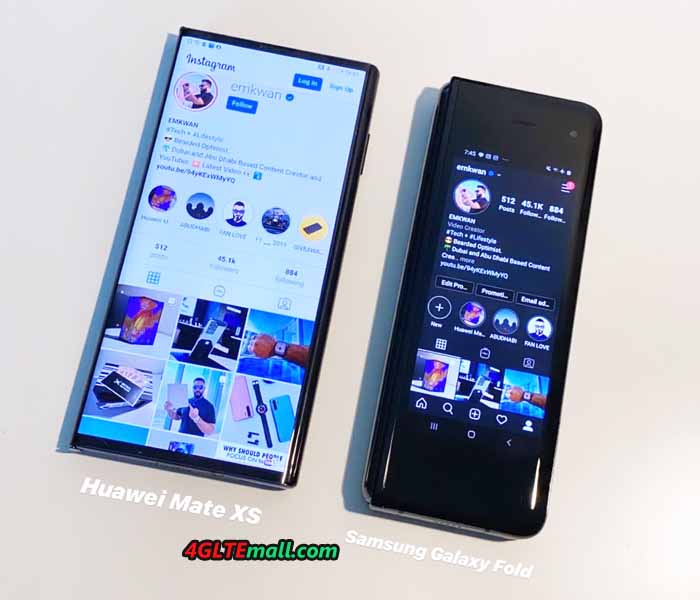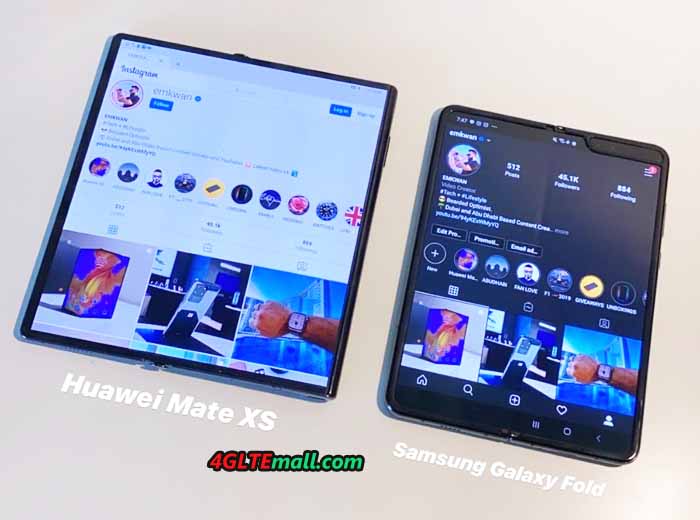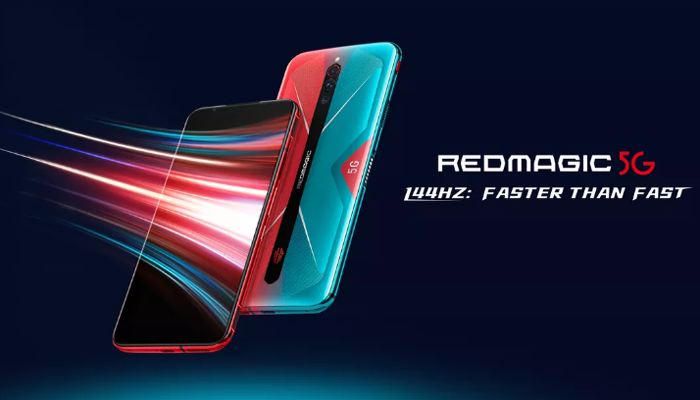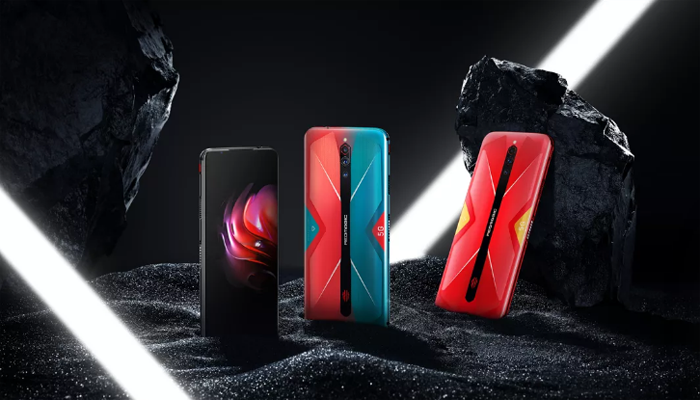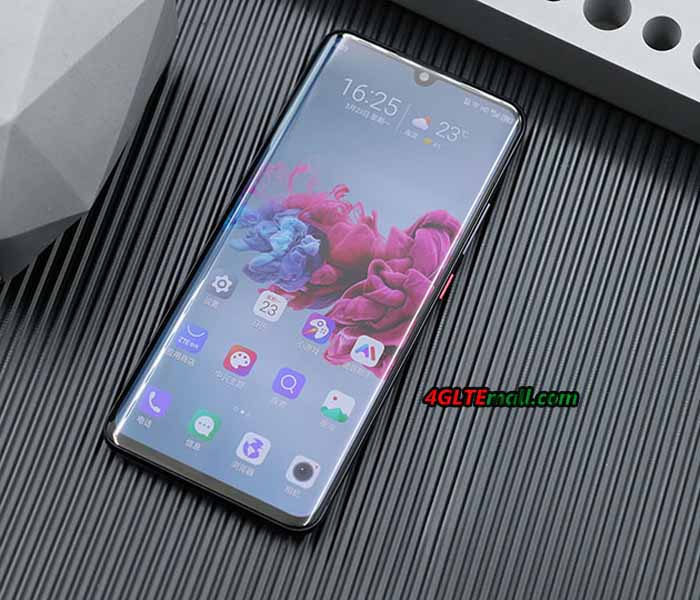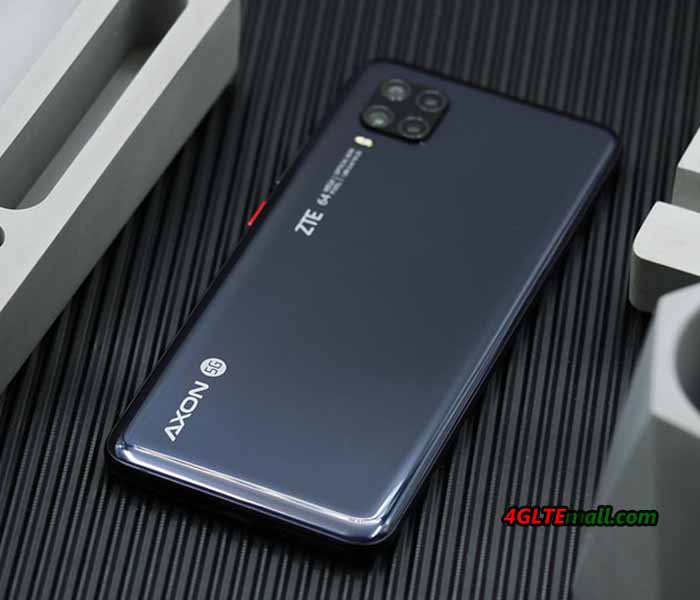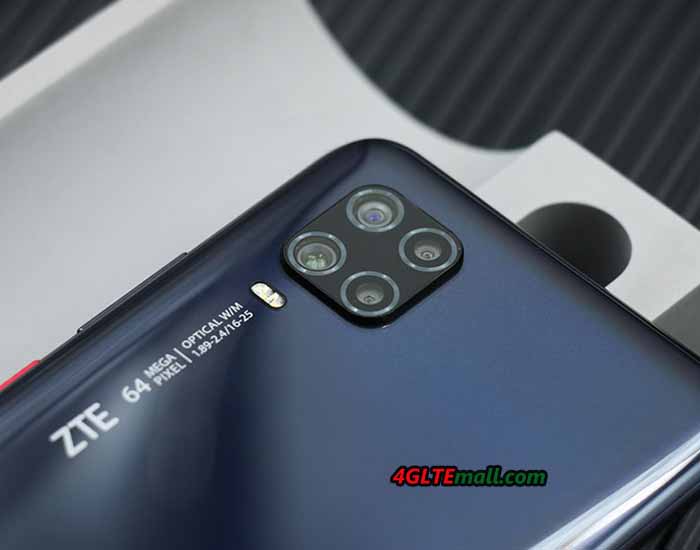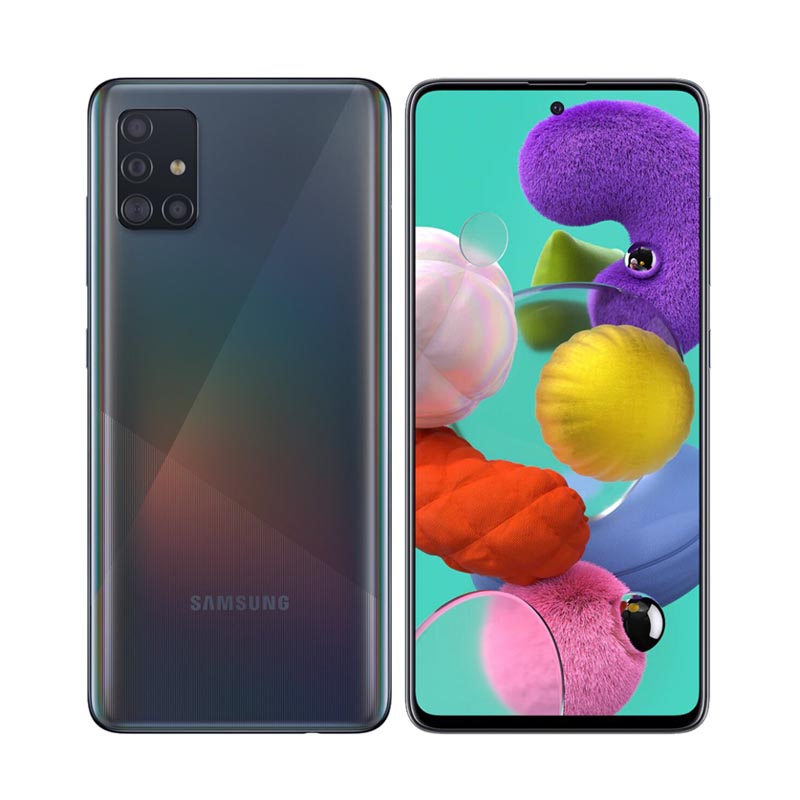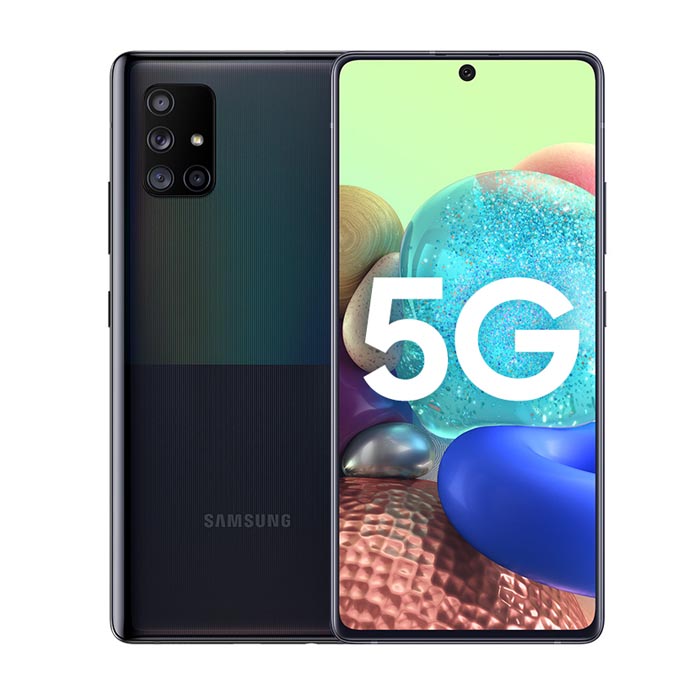未選択
-
[PR]
×
[PR]上記の広告は3ヶ月以上新規記事投稿のないブログに表示されています。新しい記事を書く事で広告が消えます。
-
OnePlus 8 and 8 Pro 5G Phone Officially Launched
Yesterday, OnePlus launched two new flagship 5G smartphones, the OnePlus 8 and OnePlus 8 Pro. Like other cell phone manufacuturers, OnePlus also launches two models, one basic model and the other Pro version.
On the new models for 2020, OnePlus wants to finally remove the criticisms and there are many current standard configurations for flagship models such as wireless charging and an IP certification, which has also been given to the Pro model. However, the prices of OnePlus 8 and 8 PRO have now reached the very top and costs up to 1000 USD.
But before we get to the prices and the date for the market launch, there is an overview of the specifications for you again. Most of the specs for One+ 8 and 8 pro have been known for weeks, but not everyone has followed the rumor mill.
OnePlus 8 Specifications:
- 55 inch Fluid AMOLED display with FHD+ and 90 Hz
- Snapdragon 865 for 5G modem
- 8 or 12 GB of RAM
- 128 or 256 GB UFS 3.0 storage
- Main camera: 48 MP (Sony IMX586)
- Ultra wide camera: 16 MP
- Macro camera: 2 MP
- Front camera: 16 MP
- Battery: 4300 mAh
- Charging: 30 watts with cable
- Size: 160.2 x 72.9 x 8.0 mm
- Weight: 180 g
OnePlus 8 Pro Specifications:
- 78 inch Fluid AMOLED display with QHD + and 120 Hz
- Snapdragon 865 for 5G modem
- 8 or 12 GB of RAM
- 128 or 256 GB UFS 3.0 storage
- Main camera: 48 MP (Sony IMX689)
- Ultra wide camera: 48 MP
- Telephoto camera: 8 MP
- Color filter: 5 MP
- Front camera: 16 MP
- Battery: 4510 mAh
- Charging: 30 watts with cable and wireless
- IP68 certification
- Size: 165.3 x 74.35 x 8.5 mm
- Weight: 199 g
OnePlus 8 and 8 Pro Prices
The OnePlus 8 starts at 800USD with 8/128 GB in the colors Onyx Black and Glacial Green. For 12/256 GB you have to put 8700USD on the table, there are Glacial Green and Interstellar Glow (but comes a little later).
The OnePlus 8 Pro starts at 900 USD with 8/128 GB in Onyx Black, if you want 12/256 GB and one color, you have to put 1000USD on the table, here you get Glacial Green and Ultramarine Blue. Market launch (apart from Interstellar Glow) is April 21st, more details are available on the OnePlus website.
In addition to its own online shop, the new OnePlus 5G phone models will be available from others online stores. Not every partner will have every version available.
PR -
Huawei Mate Xs VS Samsung Galaxy Fold
2019 was the year when the first foldable phone was announced. Samsung launched the first model with the Galaxy Fold, and now there is a new foldable phone Samsung Galaxy Z Flip available now. Huawei announced the Mate X in early 2019, but now Mate X was discontinued and only the second generation and optimized Huawei Mate Xs is available for sale. The Motorola Razr also joins the product range to compete. If you plan to get the foldable phones, you’d better prepare 3000USD or more on the table. The foldable phones are at high price range now.
Since the Huawei Mate Xs and Samsung Galaxy Fold are the the top two models, we will compare the two foldable phones to see which is better on design and performance. Hope this will give some advice to the potential buyers.
Huawei Mate Xs vs. Samsung Galaxy Fold: Specifications
Samsung Galaxy Fold Huawei Mate X Display size, resolution 4.6-inch Super AMOLED; 7.3-inch QXGA+ Dynamic AMOLED 6.6-inch (2,480x1,148 pixels); 6.38-inch (2,480x892); 8-inch OLED (2,480x2,200) Mobile software Android 9.0 with Samsung One UI No Android on the Chinese model Camera 12-megapixel main, 16-megapixel ultra wide-angle, 12-megapixel telephoto 40-megapixel main, 16-megapixel ultra-wide, 8-megapixel telephoto Front-facing camera Two 10-megapixel, 8-megapixel 3D depth Same as above Processor Octa-core Qualcomm Snapdragon 855 Kirin 980 processor Storage 512GB 512GB RAM 12GB 8GB Expandable storage No No Battery 4,380 mAh 4,500 mAh Fingerprint sensor Power button Power button Connector USB-C USB-C Special features Foldable display, wireless charging, fast charging, 5G in select countries Foldable display, fast charging, 5G Price off-contract (USD) $1,980, £1,900, converts to AU$2,800 16,999 yuan, converts to $2,400, £1,830 or AU$3,546 Huawei Mate Xs vs. Samsung Galaxy Fold: Design and Feel
The fact that Samsung grabs the display on the inside and is glass on the outside makes the Galaxy Fold appearing more valuable in the hand. In addition, the Galaxy Fold is more compact when folded and is also more comfortable to hold when opened (but both are almost the same weight). Since the display size is enough for me, we find the feel of Samsung better.
The folding mechanism on both models is good, although we have to say that it works a bit “lighter” with the Galaxy Fold. With the Huawei Mate Xs you have to exert some pressure to open and close the display. You could also operate the fold with one hand.
The workmanship is good on both devices, the keys have good pressure points and nothing wobbles. But since the Galaxy Fold is easy to use and more comfortable to hold, the point goes to Samsung
Huawei Mate Xs vs. Samsung Galaxy Fold: Display
The quality of the two displays is great in both cases. Both have built very solid OLED panels, but missing the current standard at 90 or 120 Hz. But the colors are good; they are both bright and have very good viewing angles. In that regard, I would give both a point.
But this is exactly where the difference comes: The display from Huawei Mate Xs is on the outside and that from Samsung on the inside. There you can argue whether this is a good idea with the Mate Xs, because plastic displays scratch faster, but this difference is even more noticeable.
When folded, the Huawei Mate Xs is a much too big, thick and heavy smartphone. The small external display of the Galaxy Fold is too small for almost everything.
Considering this, we will give the point to the Huawei Mate Xs, even if we never expect to put such a expensive display on the outside if we wanted to use my smartphone for many years.
Huawei Mate Xs VS Samsung Galaxy Fold: Software
Actually, we would have thought that this point goes very clearly to Samsung, since the Huawei Mate Xs comes without Google apps. But there are two things that should be mentioned here and where we have to criticize.
The Samsung Galaxy Fold has only had Android 10 this week. This is not necessarily acceptable for a model for 3000USD after this time.
The Samsung Galaxy Fold is recognized by apps as a normal smartphone. So the apps are often just stretched out. However, the Huawei Mate Xs is recognized as a tablet, which means that many apps are available when opened with a special tablet view.
For many users, if without Google apps, you can’t do many things such as Email, banking app or Google apps.
By the way, one thing must to be mentioned: The performance of the Huawei Mate Xs was really not good for some third-party apps. I compared that to the Huawei P40 Pro, which has similar hardware (Kirin 990) - no problems.
Huawei Mate Xs VS Samsung Galaxy Fold: Camera
In this category - roughly speaking - the hardware from 2019 will compete against each other. Means: A mixture of Huawei P30 Pro and Mate 30 Pro competes against the Samsung Galaxy S10. Samsung has not installed a bad camera, but it’s clear that Huawei was ahead in 2019.
In addition, with the Huawei approach, the main camera can also be conveniently used as a front camera. Samsung is only superior to Huawei in the videos, but since photos are more important to many users, this point goes to the Huawei Mate Xs.
Huawei Mate Xs VS Samsung Galaxy Fold: Price
If we consider the prices of both models, then you have to put in almost 2500 USD for a Samsung Galaxy Fold and almost 3000 USD for a Huawei Mate Xs. That's a lot, no question at all, because the development was expensive.
You can get the Galaxy Fold every now at lower price, but it is also older. But the price difference of almost 700USD is quite large, so this point goes to Samsung.
Huawei Mate Xs VS Samsung Galaxy Fold: other features
The fingerprint sensor is located on both sides and is fast, both are available with 5G, both are not IP-certified due to the design and it was difficult for me to find a unique selling point that makes one of the models stand out. But then we found a standard feature.
The Samsung Galaxy Fold has stereo speakers on the side. So if you turn the device while watching a video, you have the sound from the left and right and honestly: It is great for media consumption.
Stereo speakers are a standard feature for smartphones that cost over 1000USD in these days. So the point goes to the fold.
Huawei Mate Xs VS Samsung Galaxy Fold: Conclusion
When opened, they are great fun reading and consuming things. As of today, you will consider one more time to buy a foldable for 2500USD or more, but if the models are now more stable, lighter and thinner and have all the features of the normal flagships, you can imagine it.
Actually, we also tried the Galaxy Z Flip, we have to say: this category (Fold and Mate Xs) from Foldables will be better because it brings more display space.
For a successor we would only wish that the outside display is bigger and Android better adapted and the notch on the inside can be replaced with a hole like the Galaxy S10, Galaxy Note10+ or Galaxy S20.
It's a pity that Huawei will have a tough time against Samsung without the Google apps in this very special category. Otherwise it could have been an exciting duel between the two giants.
-
Nubia Launched RedMagic 5G Gaming Smartphone
As the first 5G mobile phone from Nubia, the RedMagic 5G from the Chinese manufacturer ZTE is primarily geared towards gaming and (according to the name) supports the new 5G mobile communications standard. The Nubia's flagship RedMagic 5G will go on sale globally starting April 21.
New gaming smartphone with Snapdragon 865
The heart of the Nubia RedMagic 5G is the new Snapdragon 865, which is cooled down by active liquid cooling for maximum performance. It is supported by an Adreno 650 GPU and a 5G modem with SA + NSA dual-mode operation. Depending on the model, there are four different combination for storage: 8GB RAM + 128GB ROM, 12GB RAM + 128GB ROM, 12GB RAM + 256GB ROM, and 16GB RAM + 256GB ROM, of course, the prices would be higher on the large capacity. A 4,500 mAh battery is responsible for the power supply, which can be quickly charged with a maximum of 55 watts.
In terms of specs, the RedMagic 5g features a 6.65-inch FHD+ AMOLED display with 144Hz refresh rate and 240Hz touch sampling rate, with a follow-up response time of 14.9ms. It also gets a sliding response time of 45ms and a click response time of 32.2ms. The phone sports the latest Snapdragon 865 chipset paired up with up to 16GB of LPDDR5 RAM. It comes with latest L-shaped cooling pipe and also gets new Active Liquid-Cooling with Turbo Fan 3.0 which is claimed to be 200 per cent cooler from previous RedMagic smartphones. The new cooling technology has also increased the airflow volume by up to 30 per cent and features multilayer thermal graphite as well. The specs seems much better than the other 5G phones from ZTE such as ZTE Axon 11 5G and Axon 10 Pro 5G.
First of all, the 5G mobile smartphone starts in China. However, it should also be available globally in April 2020. And now the Red Magic 5G phone is available in China for sale and the price is in middle range, not cheap and also not too high. Converted from the China prices, the smaller model in black and red with 8 GB RAM and 128 costs just under 600USD, the best one with 16 GB RAM and 256 GB memory is over 800USD.
The RedMagic 5G phone provides many colors for the users such as Black, Mars Red, Cyber Neon, Transparent. They all look very cool and fashion. The RedMagic 5G will be made available in EU (Austria, Belgium, Bulgaria, Croatia, Cyprus, Czech Republic, Denmark, Estonia, Finland, France, Germany, Greece, Hungary, Italy, Latvia, Lithuania, Luxembourg, Malta, Netherlands, Poland, Portugal, Romania, Slovakia, Slovenia, Spain, Sweden) and Australia, Hong Kong, Israel, Japan, Singapore, Indonesia, Taiwan, and Macao. We will keep update on this ZTE 5G cell phone.
-
ZTE Axon 11 5G New Smartphone Presented in China
The Chinese manufacturer ZTE has presented its new 5G smartphone Axon 11 5G. Initially, the device will only be available in China. However, it is quite possible that the ZTE Axon 11 5G will also be available in other countries or areas in the foreseeable future.
Snapdragon 765G SoC chipset
Unlike the predecessor ZTE Axon 10 Pro 5G cell phone, the second generation 5G cell phone ZTE Axon 11 supports 5G dual-mode (SA and NSA), and the new 5G smartphone also supports LTE Cat 20 and other older mobile radio standard. As SoC, the manufacturer relies on the new Qualcomm Snapdragon 765G, which has so far been used in a few devices such as Xiaomi Redmi K30 5G, Oppo Reno3 Pro 5G, OPPO Find X2 and Realme X50 5G etc... Depending on the model, 6 or 8 GB RAM and 128 or 256 GB internal memory are available.
The battery is 4,000 mAh in size and can be quickly recharged with 18 watts with new energy. Other features include Bluetooth 5.1, NFC, Hi-Res Audio with DTS: X and a fingerprint scanner in the AMOLED display. This measures 6.47 inches in 19.5: 9 format and represents a resolution of FHD + with 2,340 x 1,080 pixels. The 90 Hz display in the curved design is slightly rounded at the edges and also has a waterdrop notch in the top center, which has a selfie camera with 20 megapixel resolution and an aperture of f / 2.0.
Quad camera on the back
A quad camera setup is installed on the back of the 159.2 x 73.4 x 7.9 mm and 168 g ZTE Axon 11 5G. Its four lenses work with 64 megapixels (wide angle with f / 1.89 aperture), 8 megapixels (ultra wide angle with f / 2.2 aperture), 2 megapixels (depth sensor with f / 2.4 aperture) and 2 megapixels (macro with f / 2.4 aperture) .
The ZTE Axon 11 5G with its equipment belongs to the upper middle class. As told before, the ZTE 5G phone will initially only be launched in China. However, it could be bought from online stores. The price is not expensive for the version with 6 and 128 GB. The larger version with 8 GB RAM and 256 GB storage will cost more but not yet available now. This ZTE 5G phone is a budget one if you want to change 4G phone to 5G.
Here now, the new ZTE Axon 11 SE 5G is available with MediaTek MT6873 Dimensity 800 5G Chipset and cheaper price. We will compare the ZTE Axon 11 and Axon 11 SE 5G in future.
-
Samsung Introduced 5G Galaxy A51 and Galaxy A71
To compete with the Chinese mobile phone manufacturers in middle range smartphone, Samsung introduced two new 5G smartphones to the market: Galaxy A51 5G and Galaxy A71 5G. The two new devices differ primarily by 5G, but not only in this way from the LTE versions. We had introduced the mid-range 5G cell phone from Samsung Galaxy A90, which is a powerful competitor to other 5G phones from Huawei, OPPO, VIVO and Xiaomi. Now the two new Samsung 5G phones brings more opportunity to occupy market share for Samsung worldwide.
The Samsung Galaxy A51 5G is said to cost just under $500, according to Samsung, which is a mid -range 5G smartphone for the money. An octa-core processor with a rate of up to 2.2 GHz works inside the phone. It is supported by either 6 or 8 GB RAM and 128 GB internal storage. If required, this can be expanded by up to 1 TB using a microSD memory card. The power supply is provided by a 4,500 mAh battery, which is slightly larger than the 4G Galaxy A51. It can be charged with a maximum of 15 watts via USB Type-C.
The front camera sits in a central hole in the 6.5-inch display with a resolution of 1,080 x 2,400 pixels. It has a resolution of 32 megapixels. Samsung uses a quad camera on the back. The main sensor has a resolution of 48 megapixels. There is also a wide-angle camera with 12 megapixels and two sensors for macro shooting and depth information, each with 5 megapxels.
The differences between the Samsung Galaxy A51 5G and the Galaxy A71 5G are not too big. The display is somewhat larger at 6.7 inches, but has the same resolution. The CPU and RAM as well as the internal memory are identical. The battery is also the same size, but can be charged even faster with 25 watts. In addition, the camera setup on the back of the device is slightly better. Here the main sensor has a resolution of 64 megapixels, while all other sensors have identical specifications. The price is a little higher around $ 599.
Here now the Samsung Galaxy A71 5G is available for sale in the USA and will be available in China in April. When will the Galaxy A51 5G be available is unknown yet.

